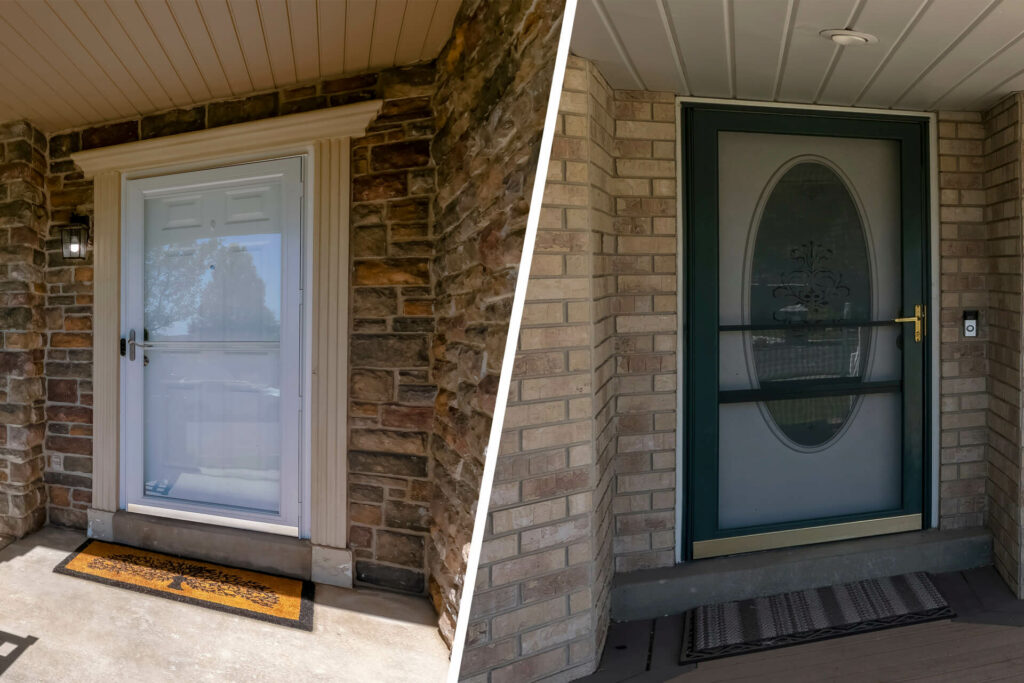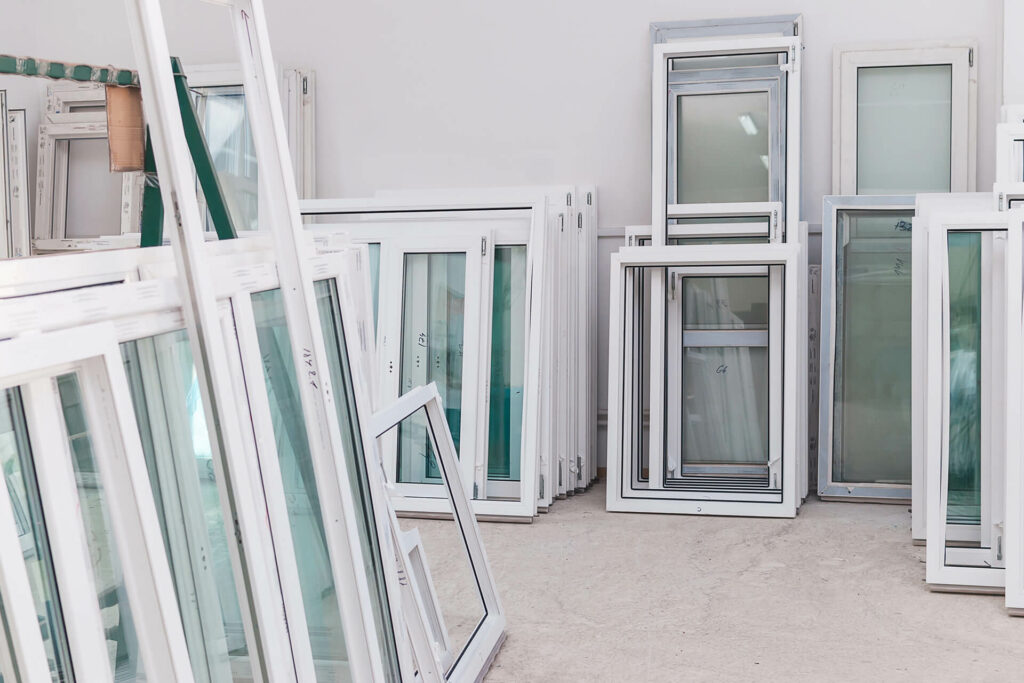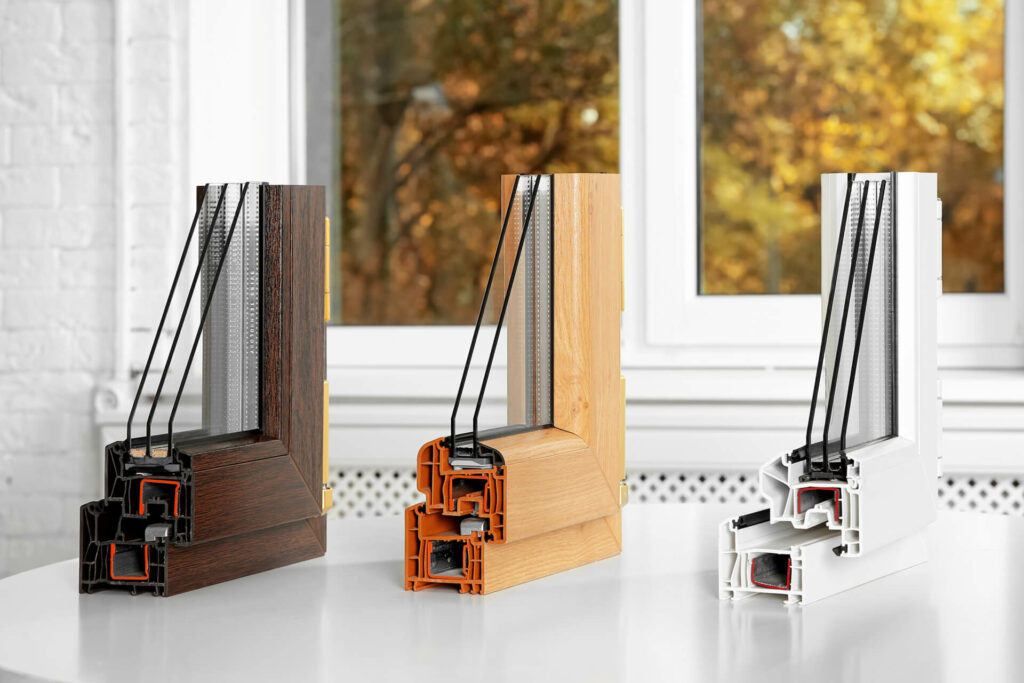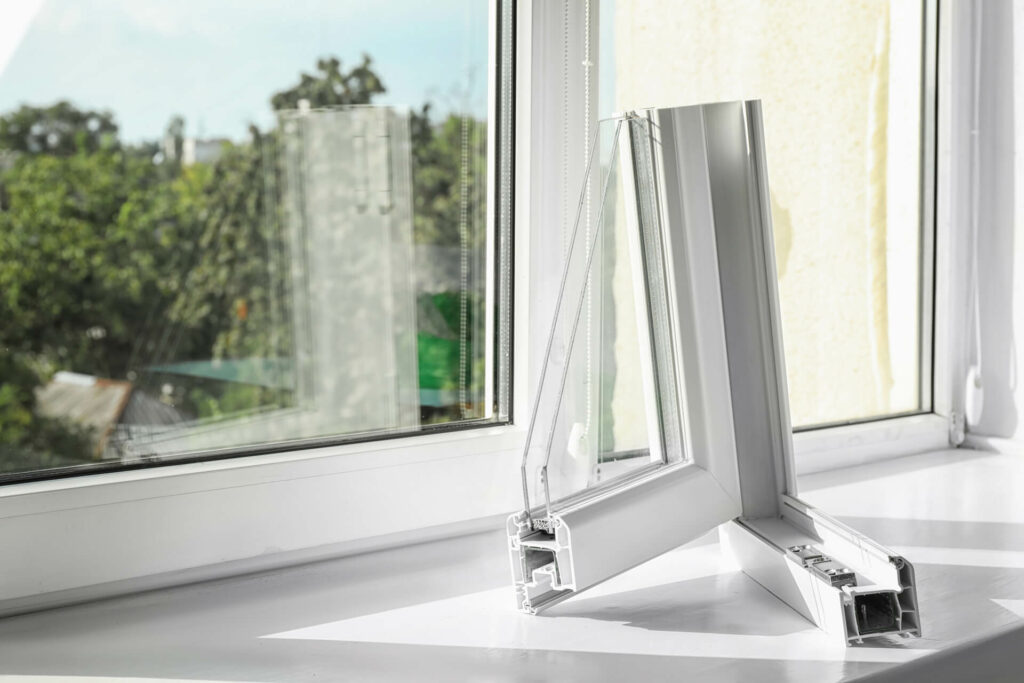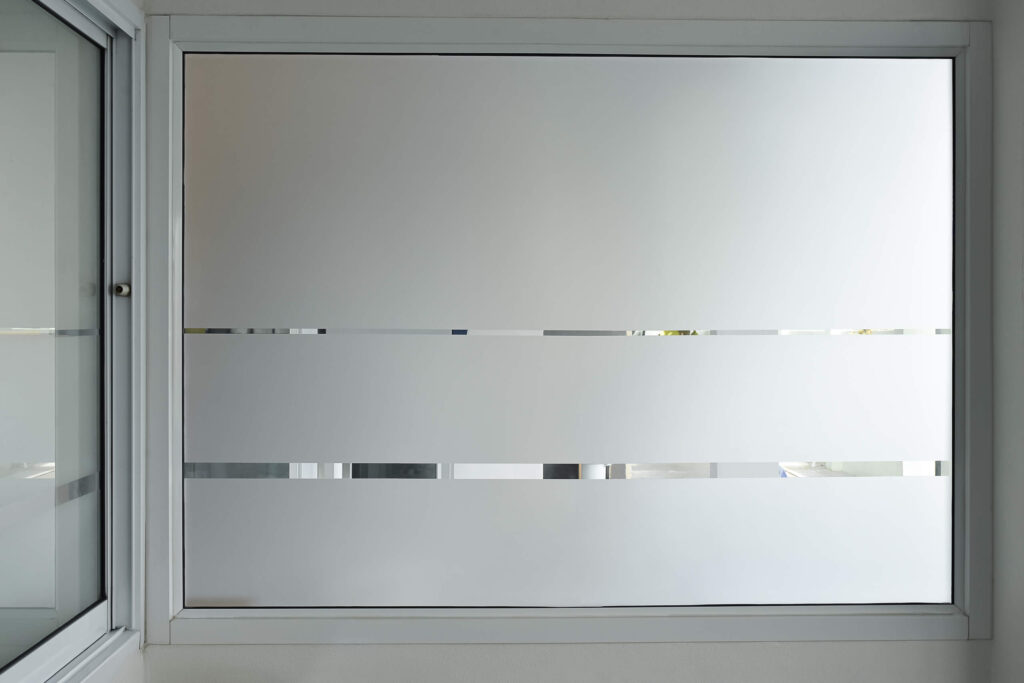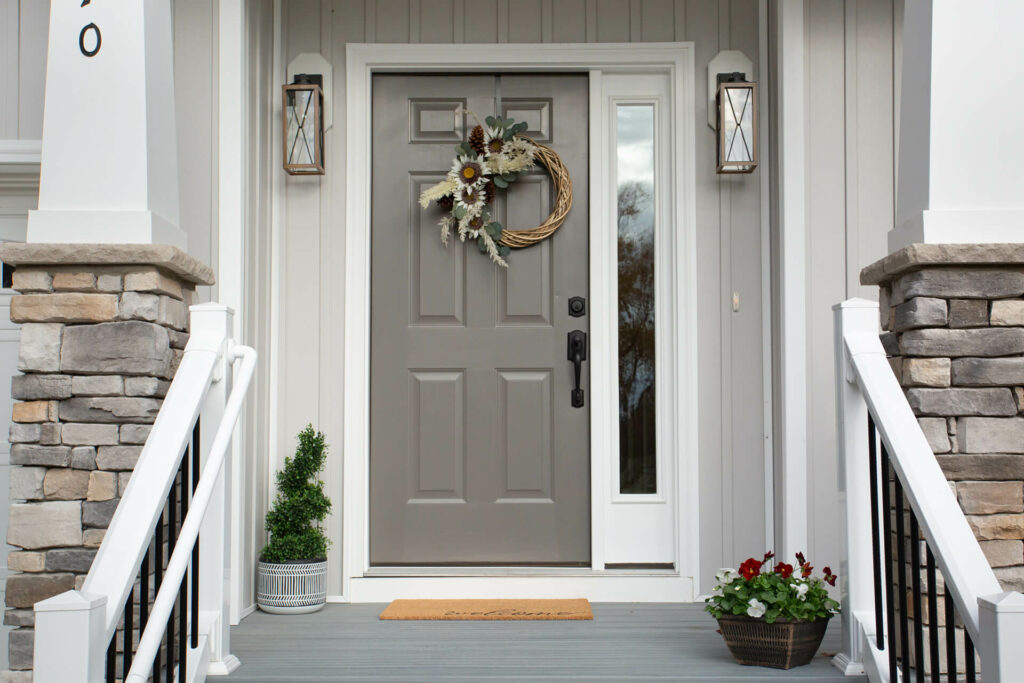Natural ventilation uses outdoor air, brought in through windows and doors, to cool and refresh indoor spaces. In Regina and southern Saskatchewan, hot, dry summers and cool nights make it particularly effective during the warmer months. Benefits include reduced reliance on air conditioning, lower energy bills, and improved air quality when done properly.
Understand Regina’s Climate
Southern Saskatchewan experiences dry, windy summers with temperatures often above 25°C. Evenings usually cool off, enabling effective night cooling strategies. Prevailing summer winds typically come from the west or northwest, useful for planning window and door openings.
Core Principles of Natural Ventilation
- Cross-Ventilation: Open windows or doors on opposite sides of your home to let air enter and exit efficiently.
- Stack Effect: Warm air naturally rises and can escape through higher openings, pulling cooler air in from lower levels.
- Time-of-Day Strategy: Open windows during the cooler evening and morning hours; close them mid-day to trap the cool air inside.
Maximizing Ventilation with Windows
- Open windows on the windward (usually west/northwest) and leeward sides for the best airflow.
- Casement windows, when oriented toward the wind, are more effective at capturing breezes than sliding windows.
- Use windows on both upper and lower floors to promote vertical airflow (stack effect).
- Night flushing: Ventilate your home heavily at night to cool the structure, then seal it during the day to preserve that cool air.
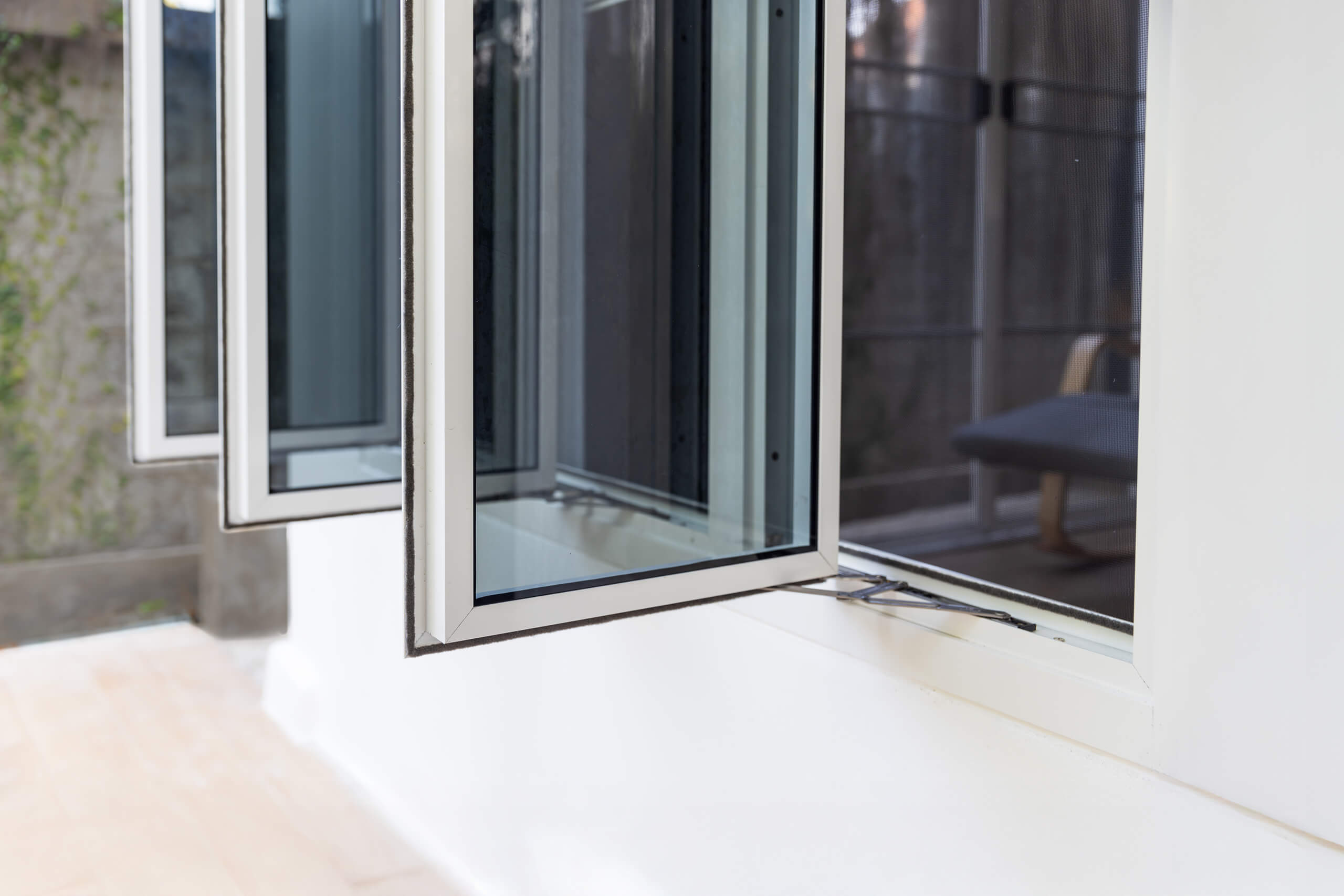
Using Doors and Interior Layout for Better Flow
- Keep interior doors open to allow air to move throughout the house.
- Use patio screen doors, retractable screens, or storm doors with built-in screens on exterior entries to ventilate while keeping bugs out.
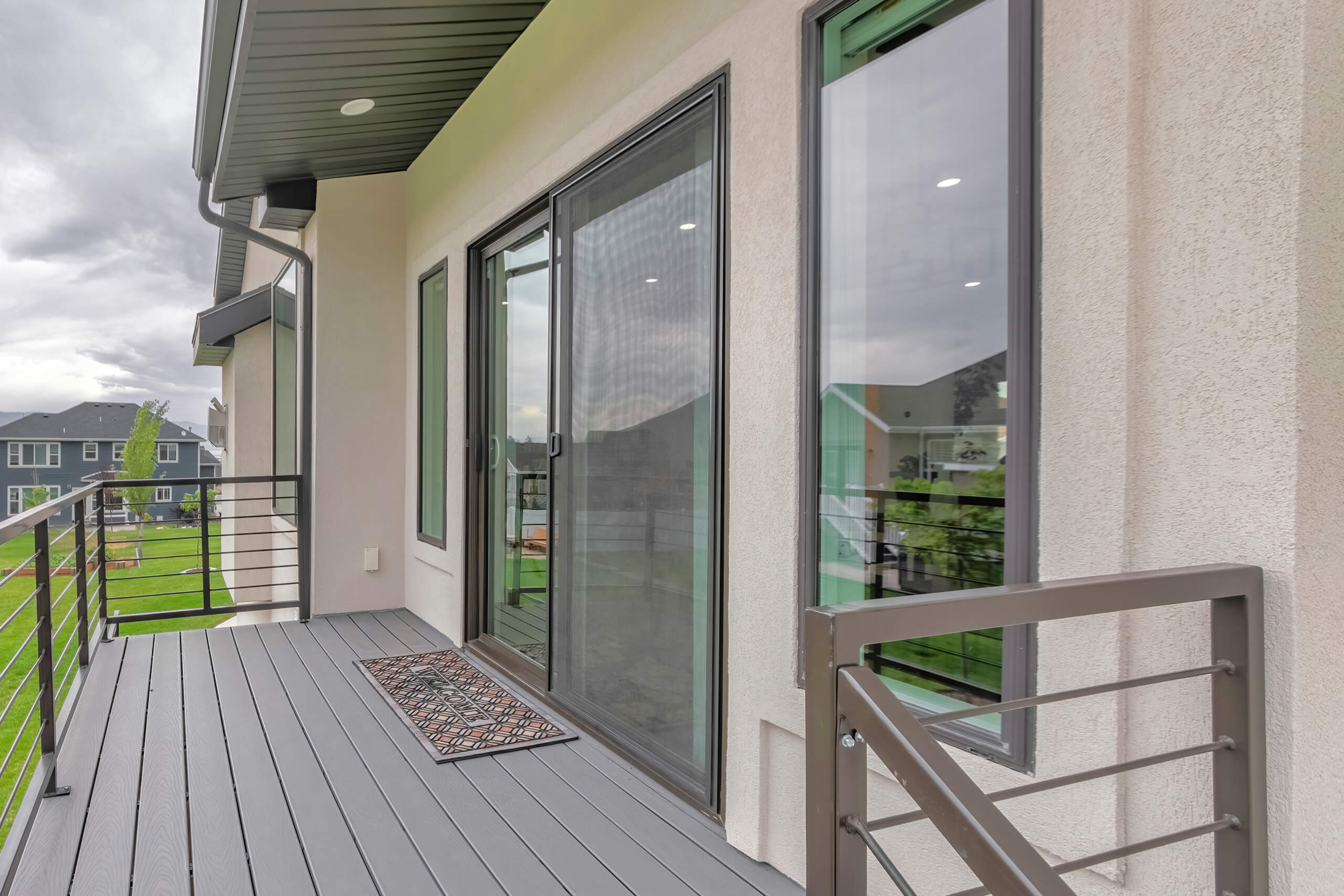
Enhancements
- Box or window fans: Place an inward-blowing fan on the shaded, windward side of the home and an outward-blowing fan on the opposite side to create controlled cross-flow.
- Operable roof windows or skylights: These can help hot air escape vertically, but are most useful in homes with vaulted ceilings or upper-level living spaces.
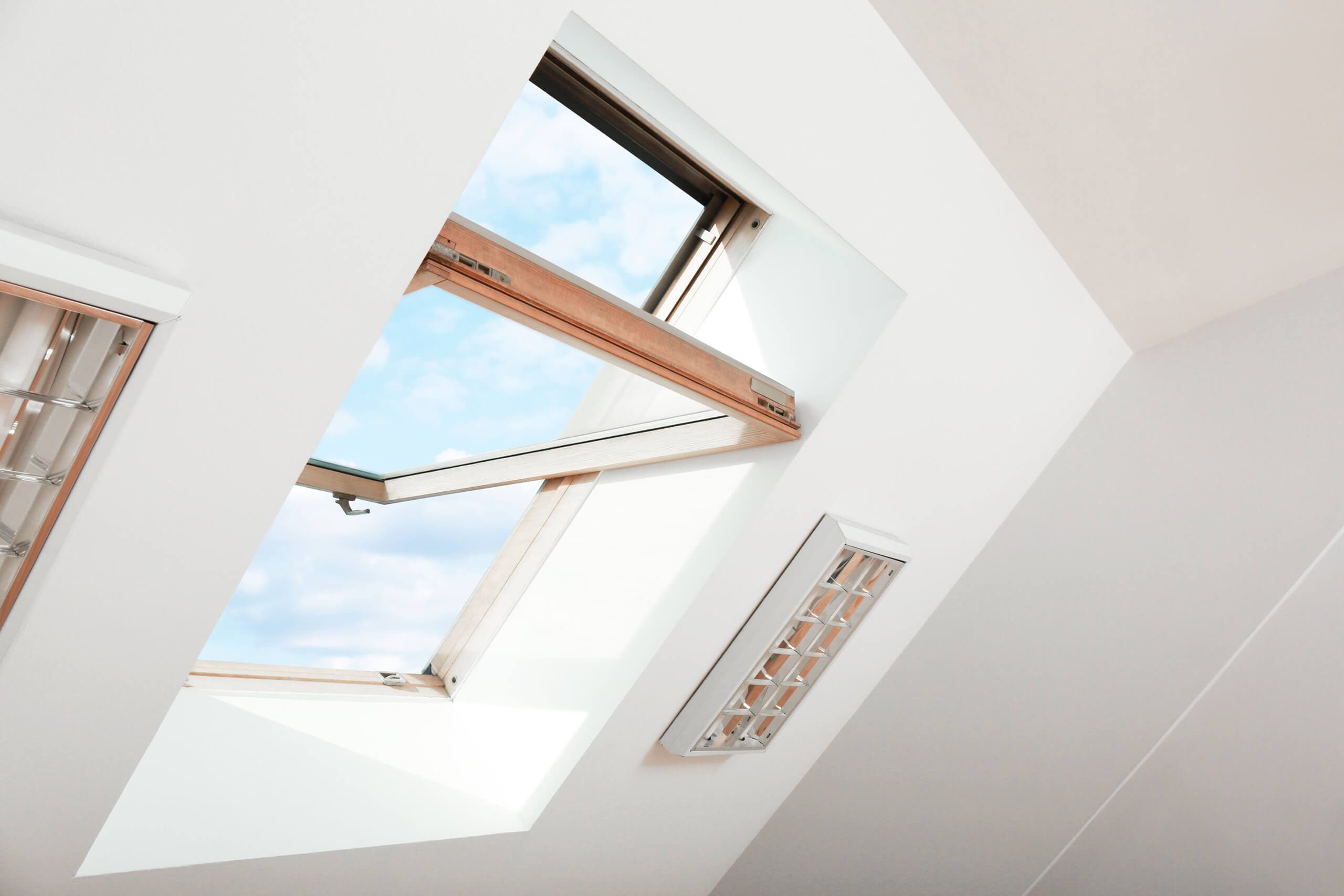
Health and Energy Benefits
- Lower energy costs by reducing AC use.
- Better indoor air quality through improved circulation and moisture control.
- Reduced radon levels: Though not a permanent solution, ventilation can help dilute and flush radon gas from lower levels like basements.
Common Mistakes to Avoid
- Leaving windows open during peak heat hours, which can trap warm air.
- Not using insect screens.
- Blocking airflow with curtains, furniture, or clutter near vents and windows.
When Natural Ventilation Isn’t Enough
- During wildfire smoke events or extreme heat, it’s best to keep windows closed and rely on filtered mechanical systems.
- Combine with ceiling fans, external shading, or portable cooling units for extra comfort.
- For long-term improvements, consider energy-efficient windows, operable skylights, or adding HRV/ERV systems to your home.
Conclusion
Regina’s summer climate offers an excellent opportunity to cool homes naturally by using windows and doors for ventilation. When done strategically, it can improve comfort, save energy, and support indoor air quality. Try these techniques this summer to enjoy a fresher, more comfortable home.

